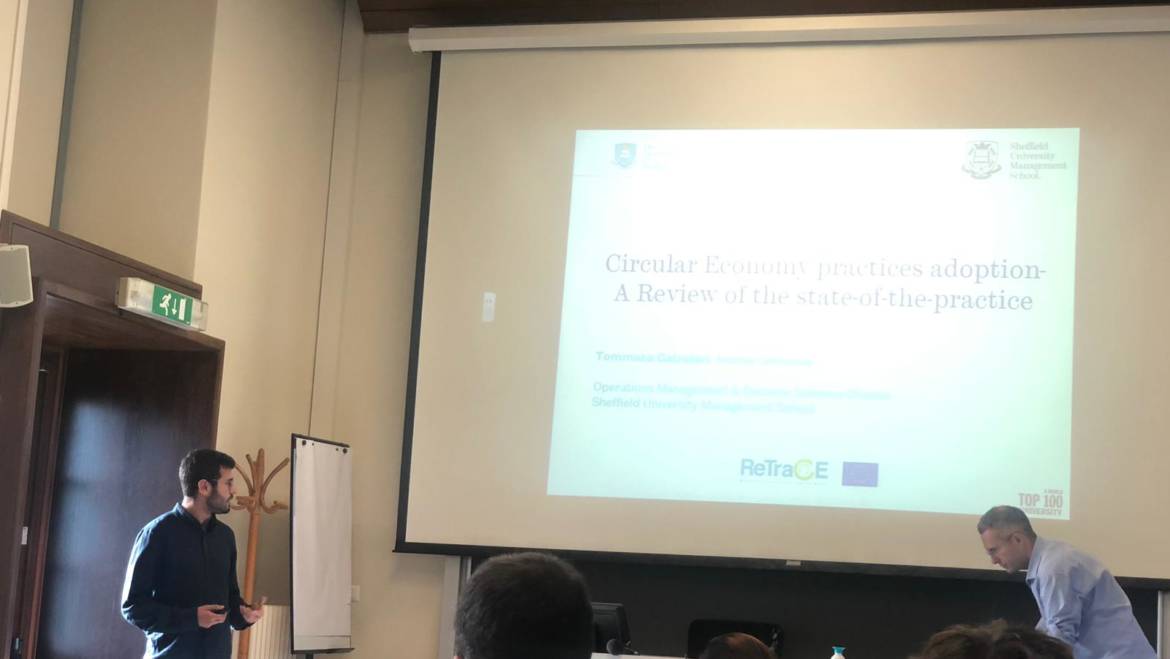“The recently promoted Circular Economy Package (European Commission, 2015) and Circular Economy Action Plan (European Commission, 2018) aim at promoting sustainable development in production and consumption systems by closing the loop of products and material flows, with the objective of decoupling growth from resource consumption.
These directives, coherently to a free-market scenario, openly recognise a very important role for existing organisations which, through bottom-up initiatives, shall drive the transition towards the Circular Economy in supply chains.
In the European context, several organisations (both SMEs and MNEs) have changed, over the last years, the way they operate, by adopting Circular Economy practices. Such interventions have emphasised product and material reuse and recycle and increased the level of re-generativity of their production and consumption systems, also integrating the use of renewable energy sources throughout supply chains (Genovese et al., 2017). However, the actual extent to which Circular Economy principles are operationalised at this level has still to be verified and the real impact of legislation changes on companies has yet to be investigated (Stewart & Niero, 2018).
This study aims at assessing the Circular Economy state-of-the-practice in a structured way, by classifying all the initiatives that can be recognised in the largest European companies by revenues, according to the Global Fortune 500 list (fiscal year 2018). Key findings of the underlying research include an evaluation of the type of practices and of their level of implementation, along with their measured impact. The main source of information are the Corporate Sustainability Reports of the years 2016, 2017 and 2018, that will be integrated with information found in corporate websites and in online articles. The study aims also at opening a discussion about the different interpretations and the dominant implementation approaches of the Circular Economy in the different industries.“

